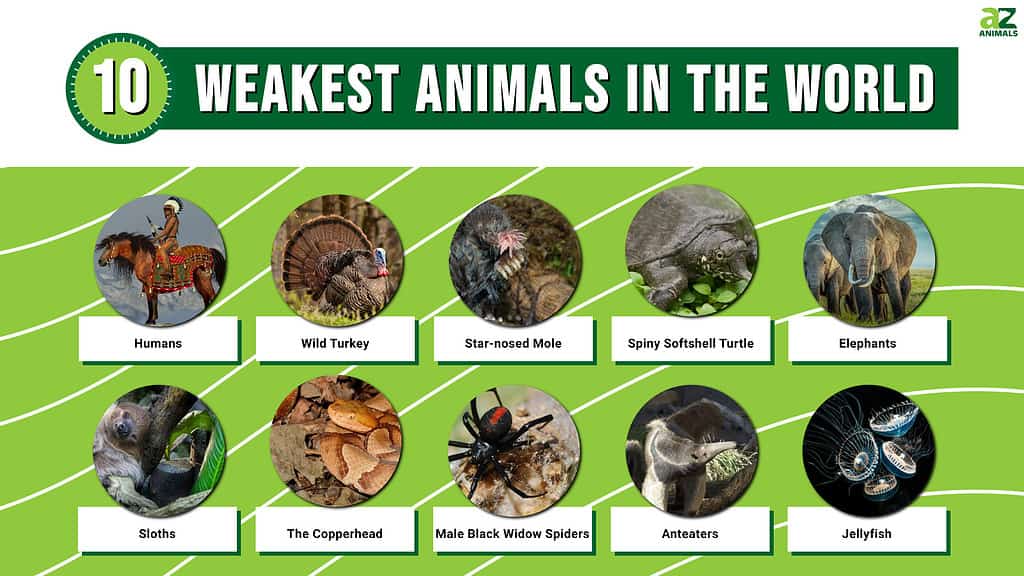
The biggest, the strongest, the longest lifespan – we love learning about G.O.A.T.s (greatest of all time) of the natural world, and not just the furry mammalian kind.
But what about the animals on the other end of the spectrum?
What are the weakest animals in the world, and how do they survive despite this fragility?
Keep reading to discover which animals have the weakest strength, the weakest bite, the weakest venom, and more. You’ll also learn about the amazing adaptations and abilities that help these creatures thrive.
Too Weak to Support Its Own Body Weight: The Jellyfish

.
©iStock.com/GaryKavanagh
Almost every living creature on the planet has at least the strength to support its own body and move around. One exception to this is the jellyfish that is one of the weakest animals.
Have you ever seen a jellyfish washed up on the beach? Its body or bell becomes flattened with no water to support it. It cannot flex its tentacles or crawl back into the water. Why not?
Jellyfish rely on seawater to support them, and many allow the currents to take them where they will. Movement through the water allows the stinging tentacles to spread out behind the jellyfish, making chance encounters with fish and other food items.
The tentacles, however, have no muscles with which to direct their movement. The bell has a ring of muscles that can be relaxed and contracted. This allows water to flow into the bell and be forced back out, propelling the jellyfish forward.
Learn more about how jellyfish survive without a brain or other vital organs.
Mammal with the Weakest Bite Force: Anteaters
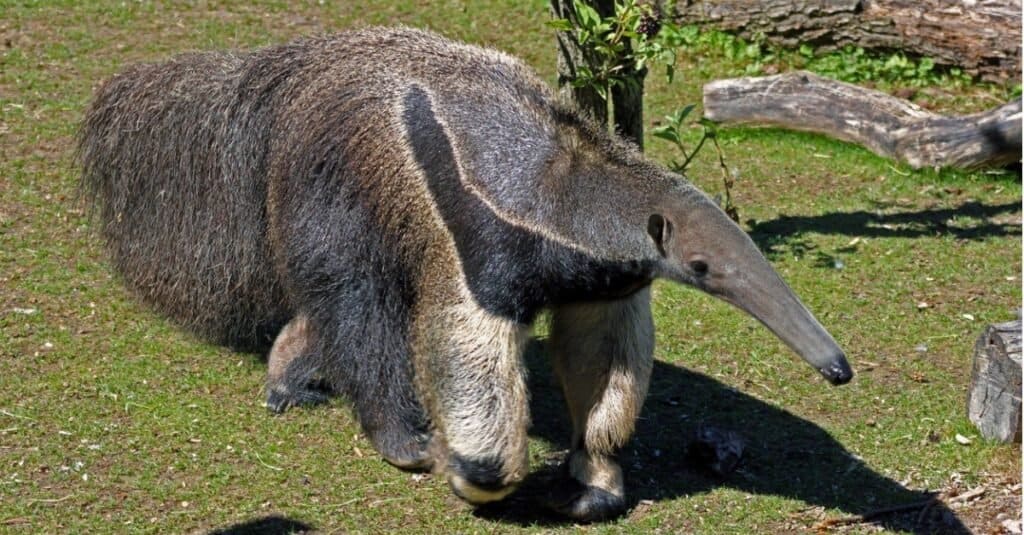
©iStock.com/Ivan Mattioli
When discussing carnivores – from domestic dogs to wild predators like sharks and big cats – bite force is often a topic of interest. The bite force is a measure of the pressure exerted by the teeth when an animal bites or chews, usually expressed in pounds per square inch (PSI). For example, humans have a bite force of about 162 PSI, and the hippopotamus takes the prize for the greatest mammalian bite force at 1825 PSI.
The anteater, on the other hand, is one mammal with virtually no bite force. In fact, it can barely move its jaws at all! Anteaters collect ants and other foods by extending a long tongue and drawing it back into their mouths. They open and close their mouths by rotating the lower jaw, which has two halves held together by a ligament.
Learn more about the unique feeding habits of anteaters.
Too Weak to Bite You: Male Black Widow Spiders
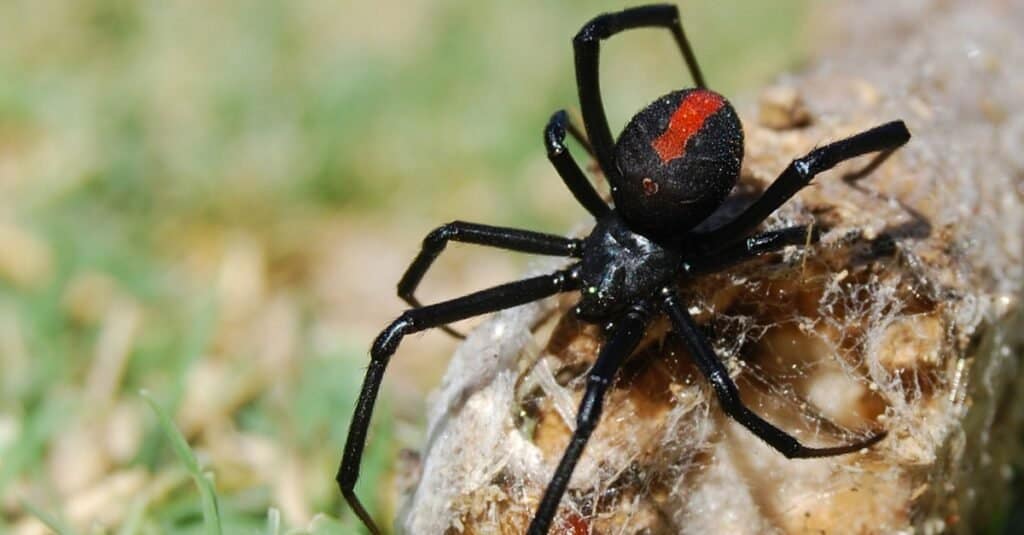
©iStock.com/maria72
Male black widow spiders, like their female counterparts and virtually all other arachnids, have venom. But the small male spiders are not strong enough to bite through your skin.
Fun fact: this actually holds true for most spiders – many spiders have fangs that are too small or they are too weak to penetrate human skin. Unless you see the spider bite you or you can identify two tiny puncture wounds, that skin irritation is likely not a spider bite.
Males are about half the size of a female black widow, and tend to be brown or grey in color with varied markings. These can include white stripes or red spots. Some young males tend to develop mixed coloring such of orange, brown, or white.
Learn more about black widow spiders.
Weakest Snake Venom: The Copperhead

©iStock.com/David Kenny
Copperheads are thought to have the weakest venom of all the pit vipers.
So, what happens if you get bitten by a copperhead snake? Copperhead venom is hemotoxic, which means it causes tissue damage. Usually, the pain and tissue damage occurs only around the area of the bite. Copperhead bites are almost never fatal to humans.
But remember – venomous or not, snakes can still bite you. You should always seek medical attention when bitten by a venomous or unidentified snake.
Weakest Mammal: Sloths
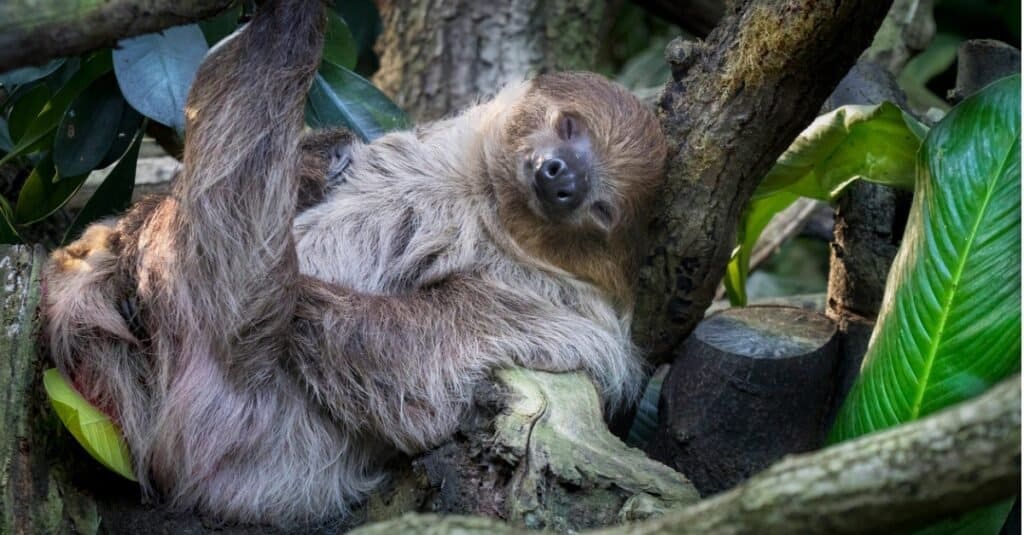
©milan noga/Shutterstock.com
Sloths have about 30 percent less muscle mass than many mammals of similar size. The reason for this reduced muscle mass is not hard to guess. Muscles are built through movement, and sloths move famously slow. They also have the slowest metabolism and digestive system of all mammals.
Sloths are not to be underestimated, though – what muscle they do have is composed of slow-twitch muscle fibers. This allows the sloth to climb, walk, and even swim while burning little energy.
Learn more about life in the slow lane with sloths.
Weakest Jumper: Elephants

©iStock.com/MOIZ HUSEIN
It cannot be denied that elephants are strong animals. They can fend off predators such as lions, push down trees, and walk for hundreds of miles. Why, then, did they make our list of the weakest animals?
There is one measure of strength in which elephants fall far behind – jumping. Elephant legs are designed for stability under immense weight, but their calf muscles are not strong enough to lift that weight in a jumping motion. In fact, by some definitions, elephants aren’t even able to run – that is, when running is defined as having all four feet off the ground during a pace.
Learn more about the lives of elephants.
Weakest Turtle Shell: Spiny Softshell Turtle
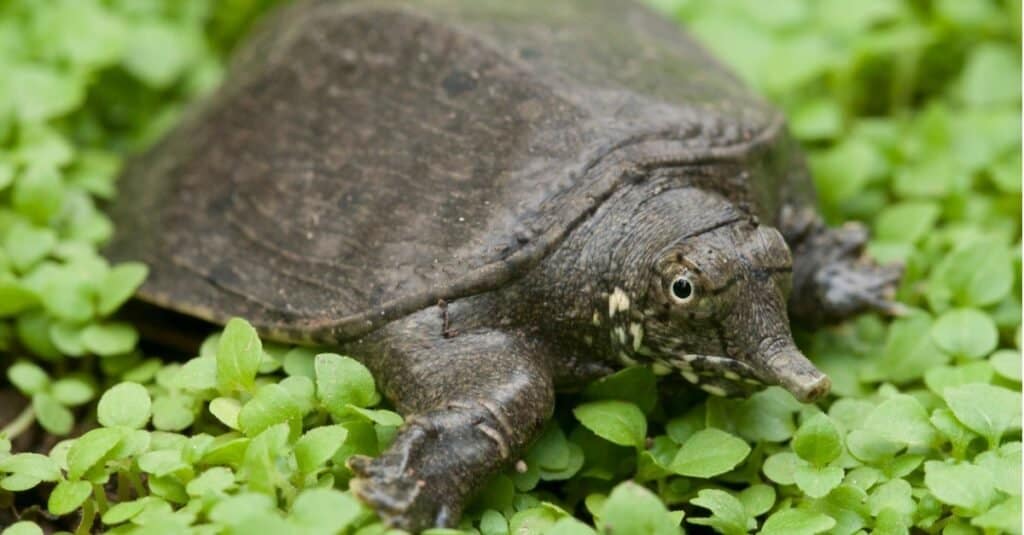
©dwi putra stock/Shutterstock.com
The shells of most turtles are like fortresses – rock-hard portable shelters that the animal can retreat into if it senses danger.
The spiny softshell turtle, however, does not enjoy that level of protection. Its shell has been described as leather-like, “soft, flat, and rubbery.”
Is there any advantage to being a turtle with a soft shell? Yes, there is! Softshell turtles are able to move faster than other turtle species when navigating their muddy lake bottoms, swimming in open water, or even walking on land.
Mammal with the Weakest Eyesight: Star-Nosed Mole
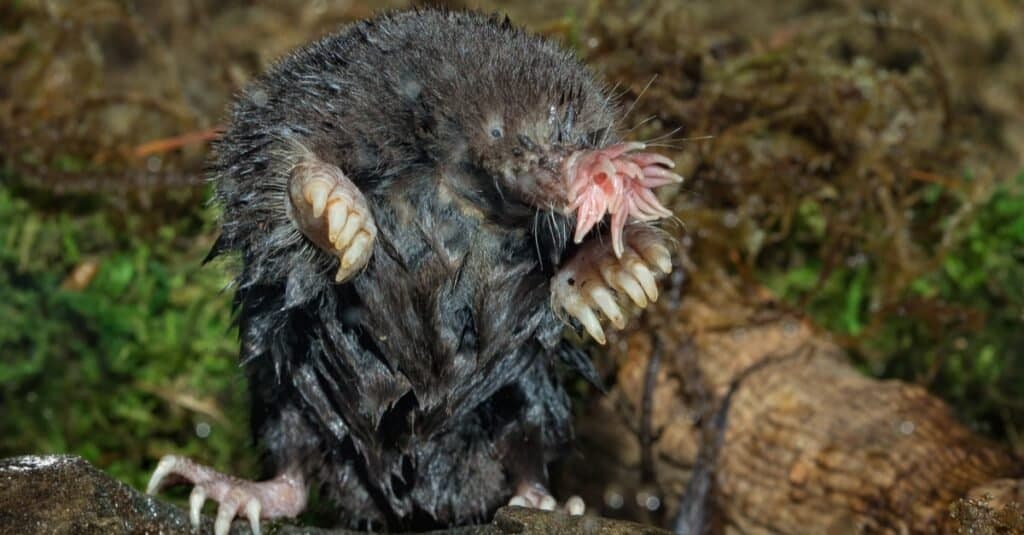
©Agnieszka Bacal/Shutterstock.com
Star-nosed moles spend their lives in underground darkness. Eyesight is almost useless in such conditions, and these moles are virtually blind.
How do star-nosed moles find their way around? They have an amazing adaptation called Eimer’s organs. These finger-like extensions near the nose are extremely sensitive to touch. In fact, some research has shown that star-nosed moles can react as quickly to touch and pressure as some other animals do to seeing a moving object!
Learn more about the wacky-looking star-nosed mole.
Weakest Flight: The Wild Turkey
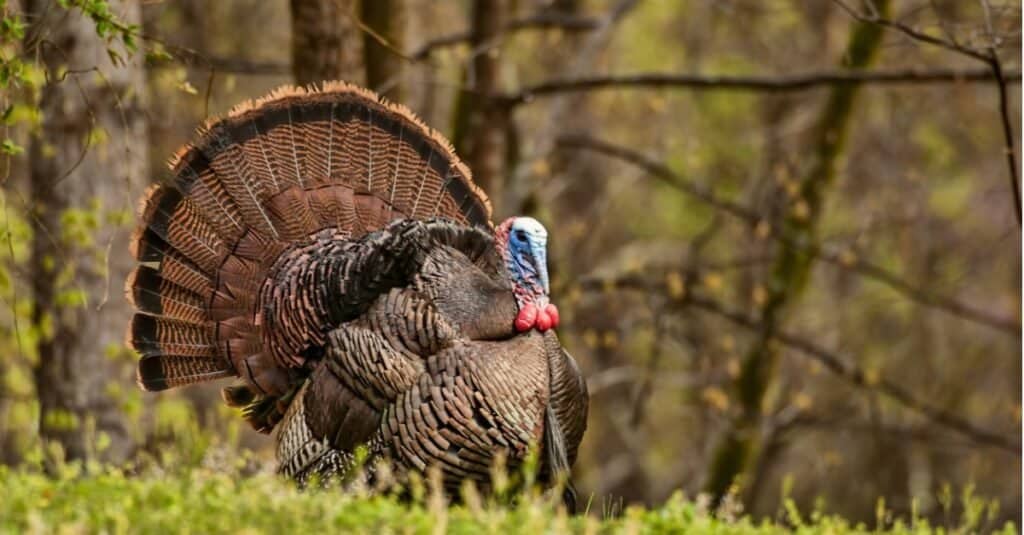
©iStock.com/Jens_Lambert_Photography
There are lots of flightless birds – kiwis, ostriches, and penguins to name a few. But among the birds that can fly, some don’t have the muscle to lift their large bodies for very long.
One example is the wild turkey. These birds roost or sleep in trees, and they fly to reach the safety of high branches. They’ve even been clocked flying at speeds of 55 mph in short bursts. But their flights never last long. Wild turkeys have small wings relative to their bulky bodies, so sustained flight isn’t possible, making them one of the weakest animals.
Domesticated turkeys don’t fly at all. This is because they have been bred for body size. While they may flap wildly when jumping up to a perch, their wings are too weak to provide the lift necessary for flight.
Learn more about wild and domestic turkeys.
Overall Weakest Creature: Humans
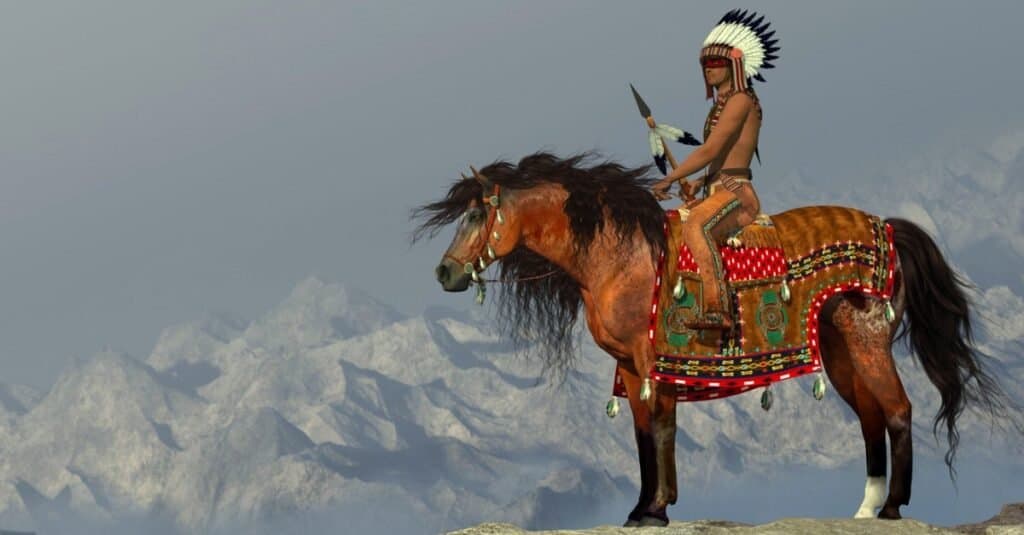
©iStock.com/CoreyFord
Wait, did you read that right? How are humans the weakest animals? Aren’t we at the top of the food chain?
Think about it. Most animals have amazing biological defenses – claws, sharp teeth, venomous stingers or fangs, hard shells, odors, acid, or the ability to flee quickly or fly. But compared to other mammalian counterparts, humans have relatively few defenses. Our teeth are dull, our fingernails fragile. We don’t even have scales or fur to protect our skin from damage.
For most of us, we are also not able to survive in the wild. If you were stranded out of doors, could you find safe food to eat and water to drink? Adequate shelter? Could you defend yourself against predators?
We are fragile mammals, but we do have intellect, intelligence, and understanding not shared by most other animals. We create tools and vast societal networks to protect ourselves and provide for our needs. Our insight also gives a responsibility – to protect the wild, wacky, and wonderful creatures that call our planet home.
Read more about humans and our place in the natural world.
Honorable Mentions: More Weak Animals
There are a few scenarios we didn’t cover regarding weakness in the animal kingdom. Join us as we look at a few more animals that would be considered the “weakest” in their given departments.
Worms: If I Only Had a Brain!
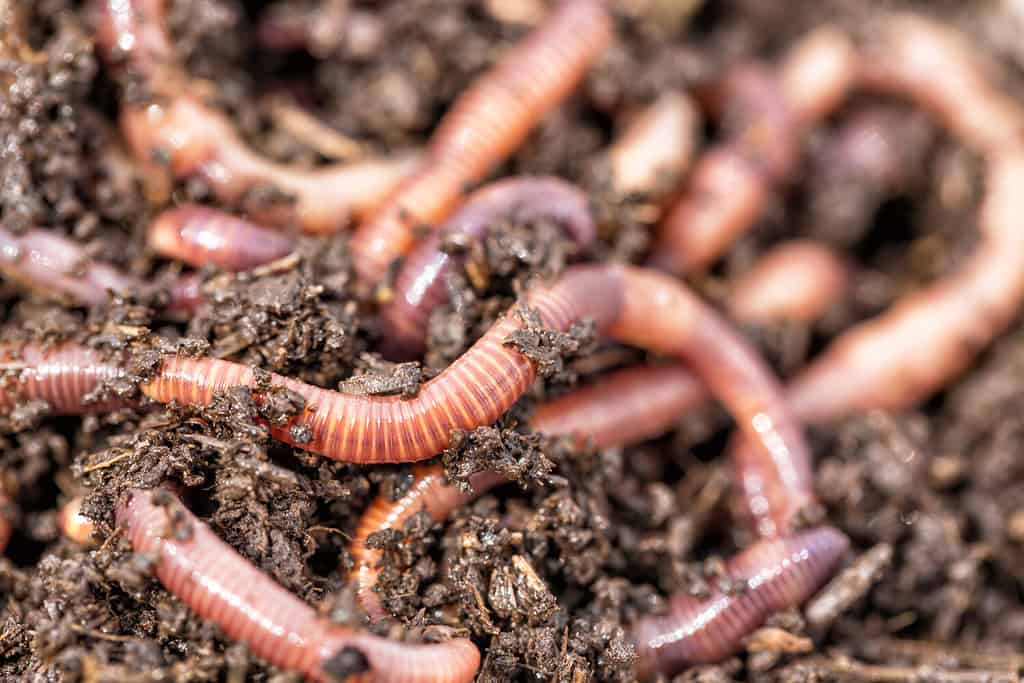
©Nick N A/Shutterstock.com
Worms lack brains, bones, teeth, and eyes. Their skin is thin, making them easy to pull apart. This is why worms are vulnerable to countless predators for an easy meal, including birds, fish, frogs, turtles, lizards, raccoons, skunks, moles, and even some insects like ground beetles and centipedes.
In spite of their obvious weaknesses, worms are able to emit coelomic fluid in the form of slime when they are attacked, which fends off some predators.
Tarsiers: Save Me From Myself!
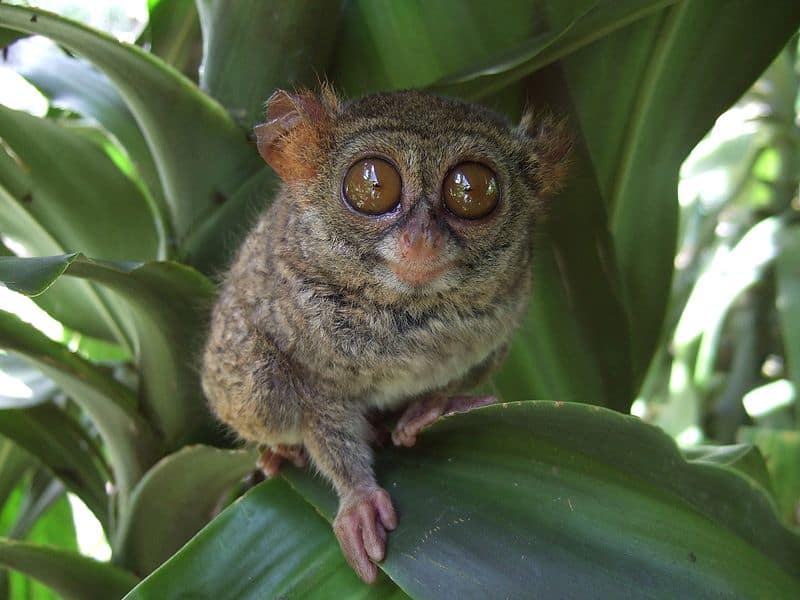
Tarsiers have been known to inflict injuries on themselves when stressed or afraid.
The tarsier is an oddly cute monkey species native to Southeast Asia with abnormally large eyes in relation to their widely-shaped heads, making them almost alien-like. They are targets for carnivorous mammals and raptors alike because of their weak mental capacity. Their only defense is hiding.
However, a tarsier may instead panic and begin punishing itself. That’s right–tarsiers are known to injure themselves when in a state of fear or stress. One of the behaviors they exhibit is bashing their heads against anything hard. Not too smart, buddy!
Dolphins: I Can’t Smell a Thing!

They may be highly intelligent, but dolphins lack a sense that most animals rely on for survival–the sense of smell.
©gilkop/Shutterstock.com
While dolphins are known to be some of the most intelligent mammals in the world, they also have a weakness–the poorest sense of smell. It’s not just that their sense is on the low end of the spectrum, either. Dolphins have no sense of smell at all. They don’t have the necessary nerves to process smell information. However, they do have four other senses and do well enough with those for survival.
Summary Of The 10 Weakest Animals In The World
| Rank | Animal | Weakest… |
|---|---|---|
| 1 | Humans | Overall |
| 2 | Wild Turkey | Flight |
| 3 | Star-Nosed Mole | Eyesight |
| 4 | Spiny Softshell Turtle | Turtle Shell |
| 5 | Elephants | Jumper |
| 6 | Sloths | Mammal |
| 7 | Copperhead | Venom |
| 8 | Male Black Widow Spiders | Bite |
| 9 | Anteaters | Bite Force |
| 10 | The Jellyfish | Inability to support its own body weight |
The photo featured at the top of this post is © iStock.com/Eric Halverson
Thank you for reading! Have some feedback for us? Contact the AZ Animals editorial team.






